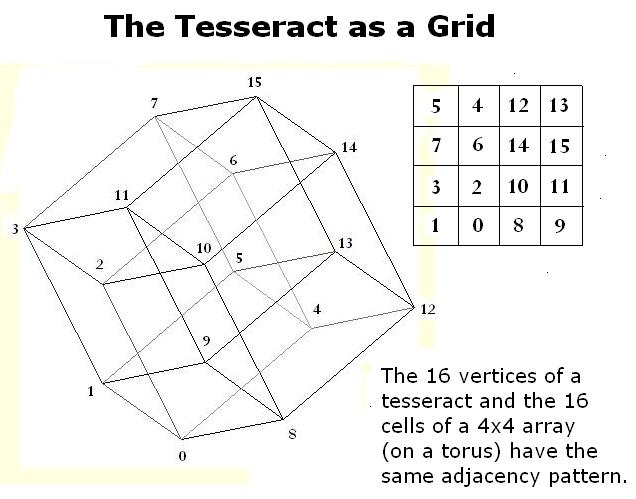A followup to last midnight's Black Hole Revisited .
See also Victor Turner on liminality, together with Paul Goodman
on public squares, in a post of May 8, 2007.
Related material: Midnight in Dostoevsky (St. Andrew's Day, 2009).
A followup to last midnight's Black Hole Revisited .
See also Victor Turner on liminality, together with Paul Goodman
on public squares, in a post of May 8, 2007.
Related material: Midnight in Dostoevsky (St. Andrew's Day, 2009).
A scene suggested by today's 11:30 AM post —
The New York Times this afternoon on Nick Flynn —
For T.S. Eliot on his birthday, a film review—
"… the Coens are… elegantly asserting design mastery…."
— Peter Bradshaw, review of "Inside Llewyn Davis"
in The Guardian on May 18, 2013
Related material— Two Log24 posts from that date—
Black Hole Revisited and Midnight in Bakhtin.
The former post presents a Jewish approach to
Eliot's concept of time and "the still point."
The latter post presents a more sophisticated approach.
Perhaps the Coens' design mastery extends to the phrase
"time stops" of Kerouac. See the remarks by Dean Moriarty
in On the Road quoted here in the previous post (Sept. 24).
The Coens' film contains, Bradshaw says, "a smoulderingly
Kerouac-y poet, played by Garrett Hedlund." Hedlund played
not Kerouac, but Moriarty, in the 2012 film of On the Road .
A New Yorker weblog post from yesterday, All Souls' Day—
"As the mathematician Terence Tao has written,
math study has three stages:
the 'pre-rigorous,' in which basic rules are learned,
the theoretical 'rigorous' stage, and, last and most intriguing,
'the post-rigorous,' in which intuition suddenly starts to play a part."
Related material—
Rigor in a Log24 post of Sunday evening, May 25, 2008: "Hall of Mirrors."
Note in that post the tesseract viewed as the lattice of
the 16 subsets of a 4-element set.
Some further material related to tesseracts and time, in three stages
(roughly corresponding to Tao's, but not in chronological order):
See also a recent Log24 post on remarks from Four Quartets .
(The vertices of a tesseract form, in various natural ways, four quartets.)
From "The Stone" (a philosophy series) in today's New York Times —
Louis Sullivan, in his Kindergarten Chats , on the pier and lintel as basic elements of architecture:
… [Sullivan says that the pier] embodies “the simplest physical beginnings"….
Add the lintel and “presto!” ….
But he has a question: what is this sudden coming-into-being of a way of being?
“We have no true name for it in the language. But if you fix the phenomenon well in your thought,
the absence of an exact word for it need not matter much.”
The source —
A related passage —
"Crucial here is the concept of emergence , the sudden coming into being of something that is greater than its component parts (like water is greater than its component parts, hydrogen and oxygen; therefore, water is an emergent property)."
— Article on Bakhtin in The Cervantes Encyclopedia , by Howard Mancing (Greenwood Publishing Group, 2004)
See also "strong emergence" in this journal.
Chronotope
The polytope at left in the illustration below might, to use the term of Bakhtin, be called a “chronotope.”

See Time Fold for a literary context.
All Souls' Day
at the Still Point
From remarks on Denis Donoghue's Speaking of Beauty in the New York Review of Books, issue dated Nov. 20, 2003, page 48:
"The Russian theorist Bakhtin lends his august authority to what Donoghue's lively conversation has been saying, or implying, all along. 'Beauty does not know itself; it cannot found and validate itself — it simply is.' "
From The Bakhtin Circle:
"Goethe's imagination was fundamentally chronotopic, he visualised time in space:
Time and space merge … into an inseparable unity … a definite and absolutely concrete locality serves at the starting point for the creative imagination… this is a piece of human history, historical time condensed into space….
Dostoevskii… sought to present the voices of his era in a 'pure simultaneity' unrivalled since Dante. In contradistinction to that of Goethe this chronotope was one of visualising relations in terms of space not time and this leads to a philosophical bent that is distinctly messianic:
Only such things as can conceivably be linked at a single point in time are essential and are incorporated into Dostoevskii's world; such things can be carried over into eternity, for in eternity, according to Dostoevskii, all is simultaneous, everything coexists…. "
Bakhtin's notion of a "chronotope" was rather poorly defined. For a geometric structure that might well be called by this name, see Poetry's Bones and Time Fold. For a similar, but somewhat simpler, structure, see Balanchine's Birthday.
From Four Quartets:
"At the still point, there the dance is."
From an essay by William H. Gass on Malcolm Lowry's classic novel Under the Volcano:
"There is no o'clock in a cantina."
Powered by WordPress